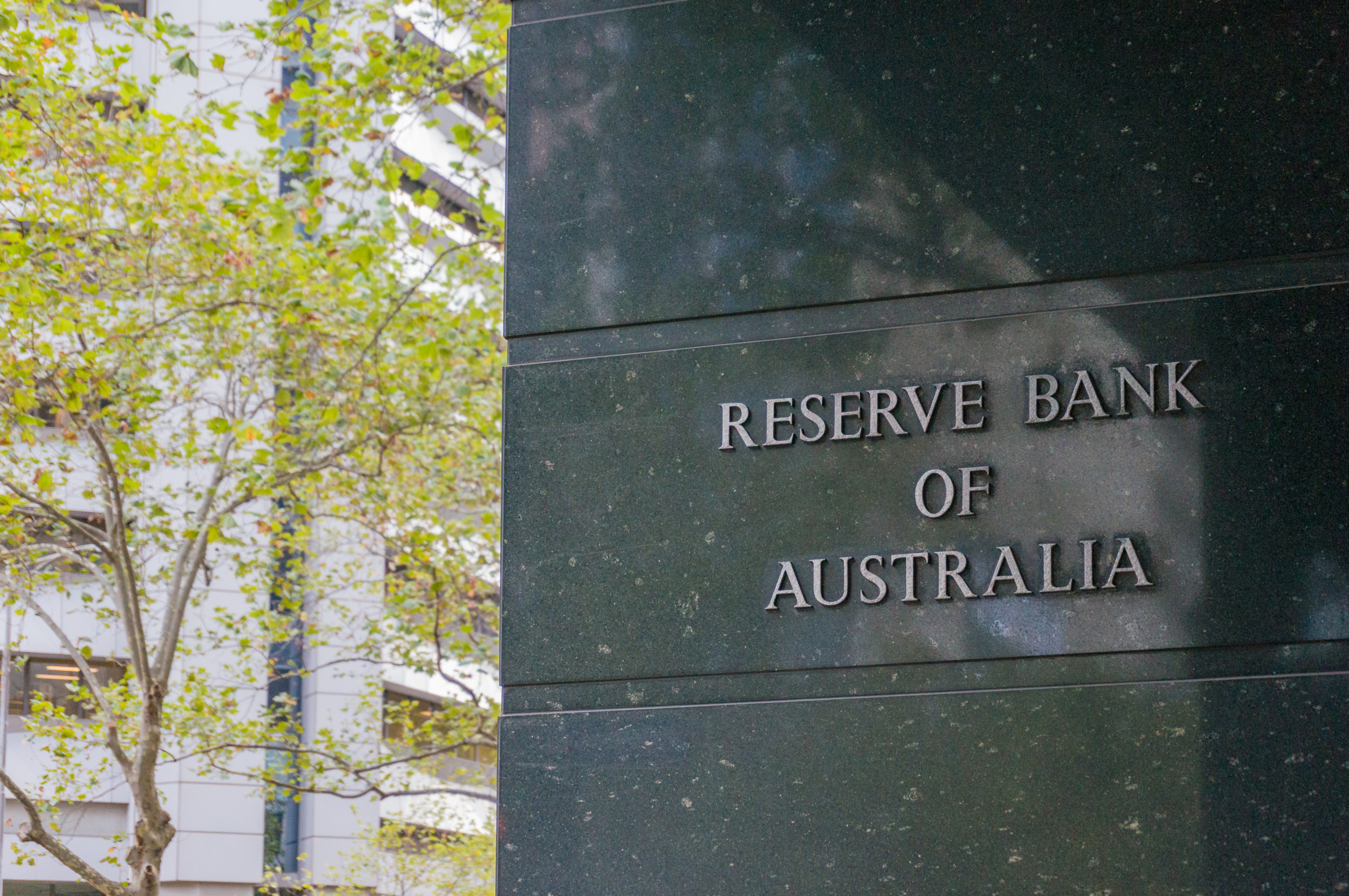In this article we look at Dr Shane Oliver from AMP Capital’s take on the latest interest rate cut from the RBA.
As expected, the RBA announced at its November meeting that further monetary easing will take place, including a cut to the cash rate to a new record low of 0.1%. This leaves our official interest rate broadly consistent with rates in comparable countries. This cut has been driven by the RBA’s economic forecasts showing that it doesn’t expect to meet its inflation and employment objectives over the next two years, and sees the recovery as being bumpy and drawn out.
Is this further easing likely to help the economy?
Although the impact from this easing won’t be comparable to the boost from the Budget, it will have a positive impact on the economy. For example, even just a 0.1% reduction in mortgage rates equates to a $400 a year reduction in interest costs on a $450,000 mortgage. And given that the level of household debt in Australia is more than double the level of household bank deposits, the household sector is a net beneficiary of lower interest rates.
Additionally, these rate cuts and an increase in the supply of Australian dollars on the back of expanded quantitative easing will help keep the Australian dollar lower, which helps exporters and companies competing with imports.
Is there a risk of financial instability with these cuts?
The combination of even lower mortgage rates combined with notable easing in lending standards comes with the risk that household debt levels will further increase. This could cause increased financial instability in the years ahead, particularly if house prices ultimately correct. Right now though the RBA is more focused on helping people get jobs and avoiding debt servicing problems.
What are the implications for investors?
The RBA has said that it’s likely these ultra-low interest rates will be with us for several more years, which means that investors in bank deposits will need to assess other options. Investors will need to consider what is more important – getting a decent income flow from their investment, or absolute stability in the capital value of that investment.
The decline in mortgage rates along with easing lending standards will help boost house prices, but investors will have to bear in mind that high unemployment and the hit to immigration will likely impact in the year ahead. The housing demand also varies dramatically depending on the location, with rising demand for outer suburban and regional houses over inner city units. Finally, although lower rates and increased quantitative easing will help keep the Australian dollar lower than otherwise, it’s still likely to rise over the year ahead if global recovery continues and this pushes up commodity prices.
If you have any questions or would like advice regarding any of this information, please get in touch with our Financial Management team.

